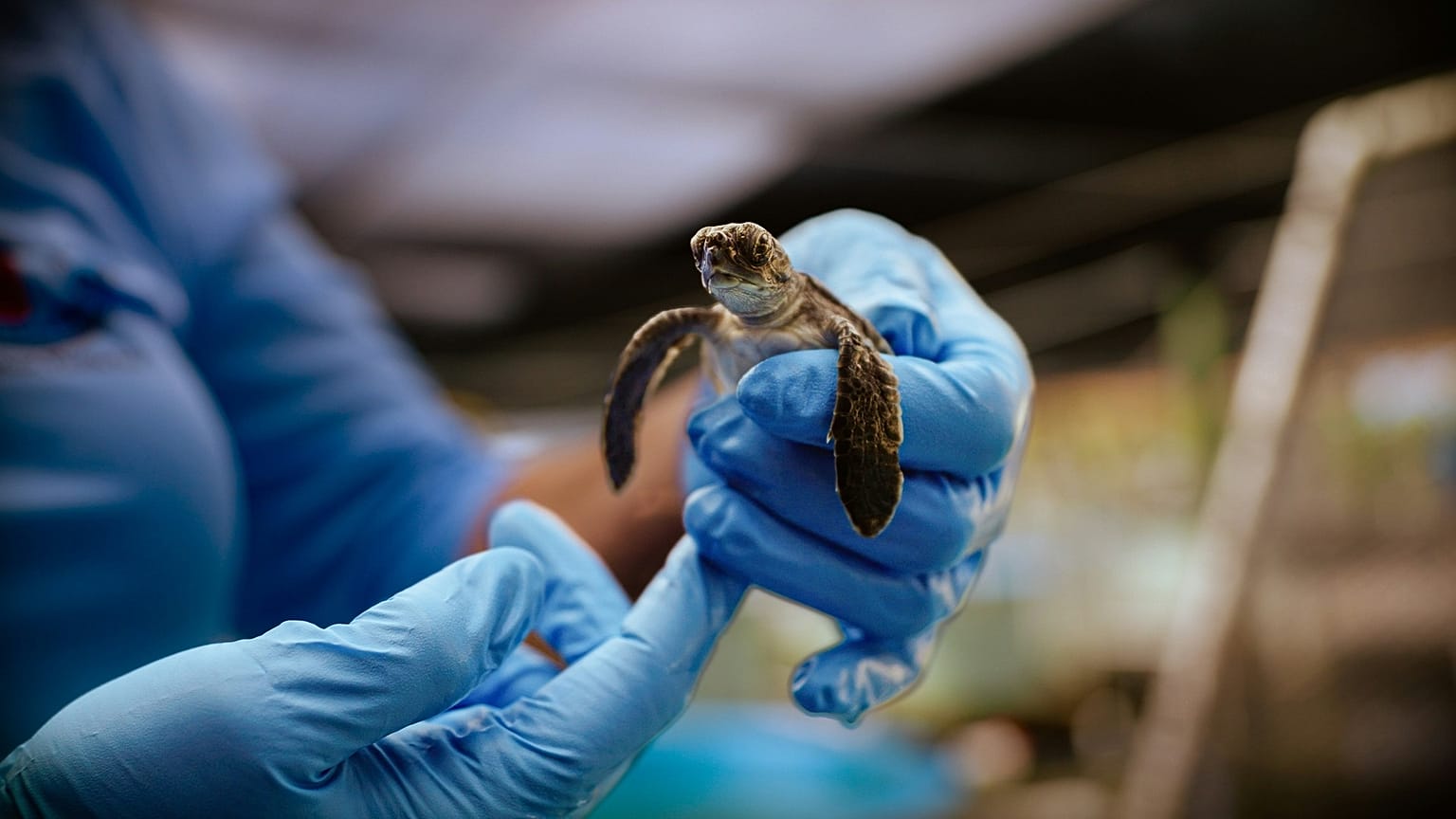While gap years have always been popular, older travellers make up a growing portion of the voluntourism market.
Picture spending a holiday rebuilding a castle in Europe, planting trees in an Ecuadorian cloud forest or logging wildlife sightings for conservation efforts in Sri Lanka.
The trend of ‘voluntourism’ is booming once again, as more travellers are trading all-inclusive resorts for trips that give back.
From a couple of weeks to a few months, these trips let travellers see the world while leaving a positive mark on the communities and environments they visit. And research suggests demand for them is growing, with both young travellers taking gap years and older visitors looking for immersive holidays that leave a lasting impact.
What is voluntourism?
At its simplest, voluntourism combines travel with volunteer work. That might mean joining a conservation programme, lending a hand on a cultural project or supporting humanitarian aid efforts somewhere beyond your home town or country.
Programmes can vary widely in length and format. The EU-funded European Solidarity Corps, for example, sends thousands of young people abroad each year on placements lasting from two weeks to a year while UNESCO’s World Heritage Volunteers initiative runs camps where travellers can take part in restoring historic sites across 41 countries. Private operators also offer a wide range of experiences, allowing would-be volunteers to pick programmes in destinations that excite them.
The idea isn’t new. Gap year students have long signed up for volunteer work, whether it’s working with sea turtle conservation projects in Costa Rica or teaching in Southeast Asia. But voluntourism today comes in many forms, spanning highly structured NGO programmes to shorter, flexible opportunities that can be added to a regular holiday.
Sarah Faith, senior values writer for Responsible Travel, says her company is seeing an increase in the number of ‘citizen science’ trips – “holidays where you can participate in ongoing scientific research along the way,” she explains.
“You might be entering details of the seabirds you spot on an Arctic expedition cruise into a research app, for example. Or collecting samples of freshwater for inclusion in a global databank of environmental DNA.”
Globally, the demand for these holidays is growing, too. In 2023, volunteer tourism was worth about €725 million, and it’s projected to grow more than 6 per cent annually through 2030, according to Grand View Research. In Europe alone, the market is expanding by 4.6 per cent a year.
Who’s driving the growth of voluntourism?
Unsurprisingly, young travellers continue to drive much of the demand for volunteering holidays.
According to the Dutch Centre for the Promotion of Imports (CBI), Europeans aged 15-29 still account for a substantial portion of the 1.6 million people estimated to volunteer abroad each year. This group often seeks out gap years, career breaks or educational travel opportunities that combine adventure with purpose, the CBI reports.
But they’re not the only ones giving back while getting away. A growing number of post-family travellers – those over 50 who have more time, more resources and an appetite for immersive experiences – are embracing voluntourism, too.
This segment is forecast to grow nearly 8 per cent annually through 2030. And tour operators have noticed.
Several travel firms, such as Projects Abroad and GoEco, now offer dedicated trips tailored to older adults, ranging from childcare volunteering in Nepal to conservation initiatives at a puma sanctuary in Argentina and working with elephants in Botswana.
How to get involved responsibly
While voluntourism can be immensely rewarding, experts say it’s important to choose projects carefully.
“Done well, voluntourism can be a lifeline for conservation and community projects,” says Faith. “But not all opportunities are created equal.”
She advises asking questions in advance – “one of the most powerful things you can do.”
Faith also recommends looking for organisations that are transparent about where your money goes, have strong partnerships with local communities and NGOs, and can clearly explain both the history and the impact of their projects. Programmes that replace paid local jobs or encourage direct contact with wildlife should be avoided.
Responsible Travel itself has moved away from controversial practices, she adds. The organisation stopped selling orphanage volunteer holidays more than a decade ago after evidence showed children were being placed in institutions unnecessarily to attract well-meaning tourists.
But volunteering isn’t the only way to make a difference. Faith notes that, on top of citizen science trips, you can choose holidays run by charities, where profits go directly back into community projects.
With the market expanding and opportunities multiplying, it’s easier than ever to see the world while making a difference. And, as Faith encourages, to do so responsibly.


















